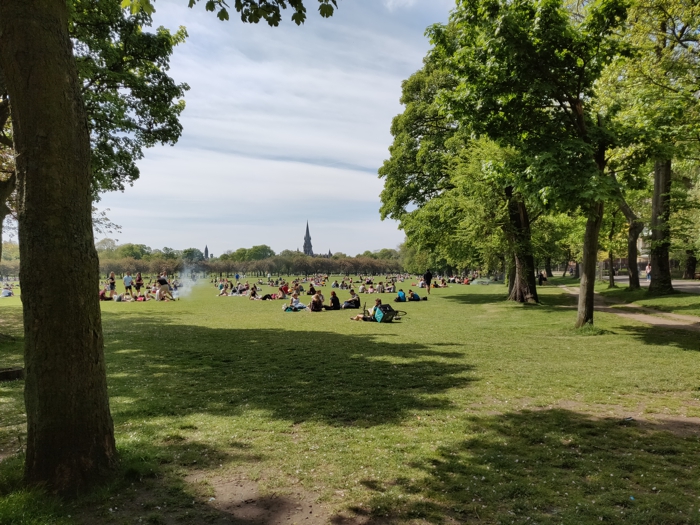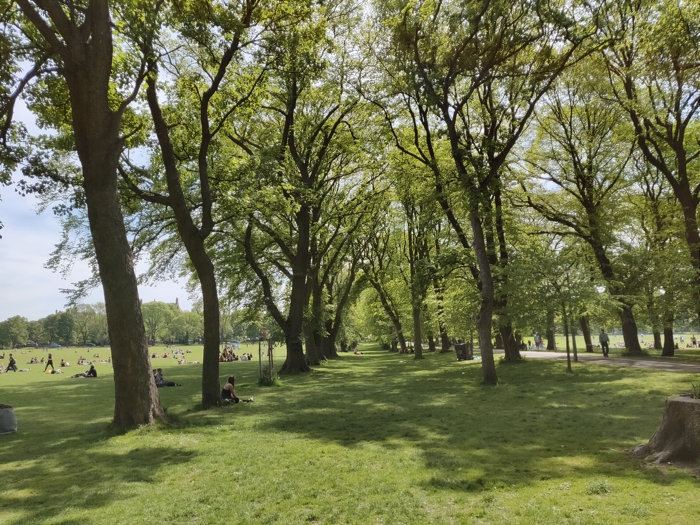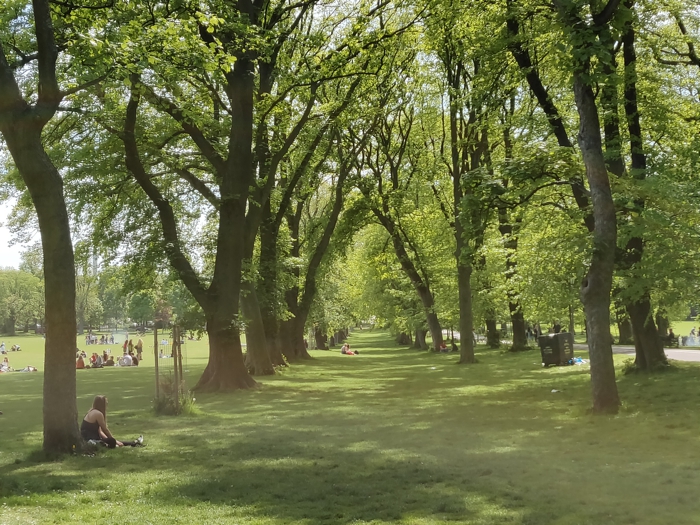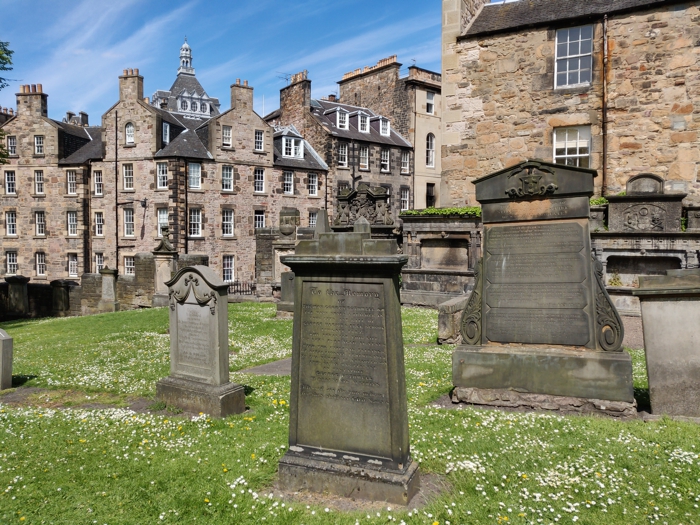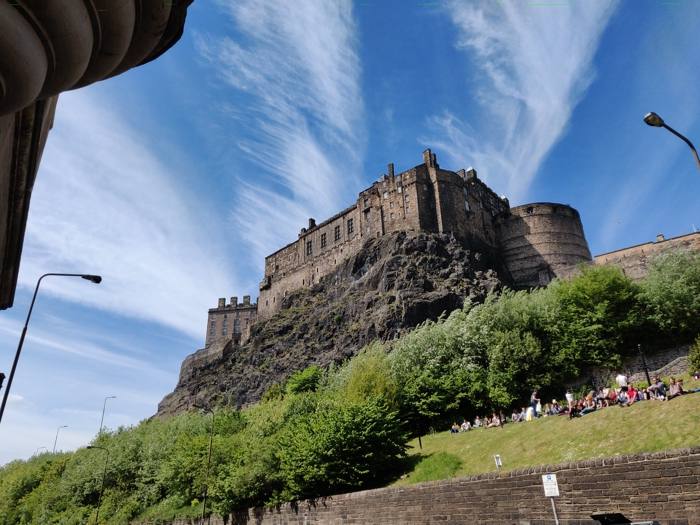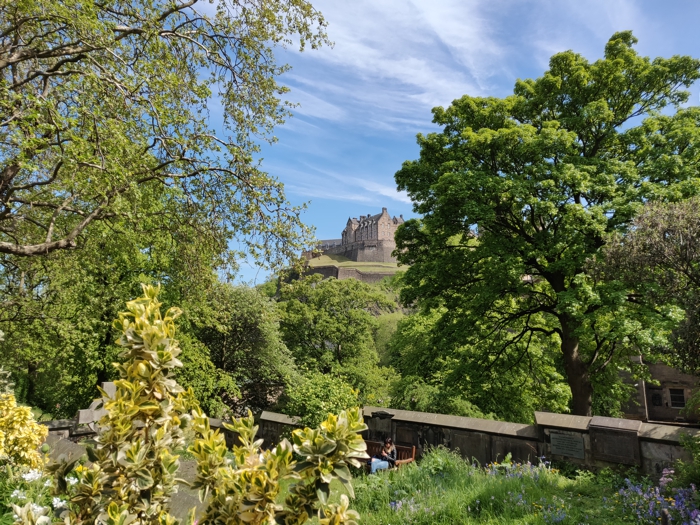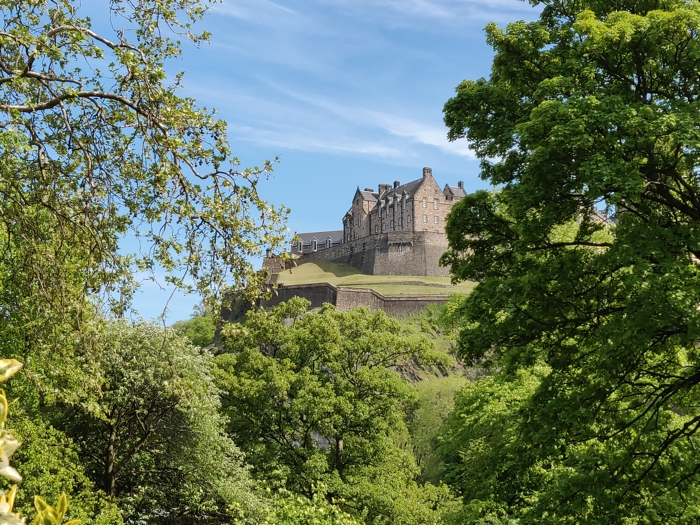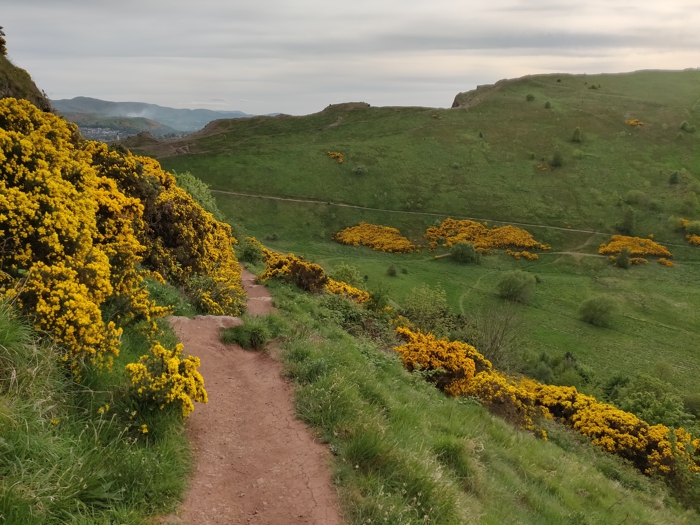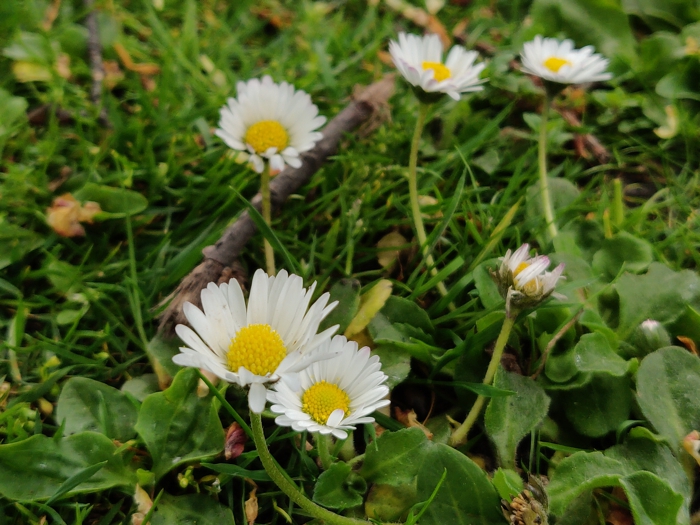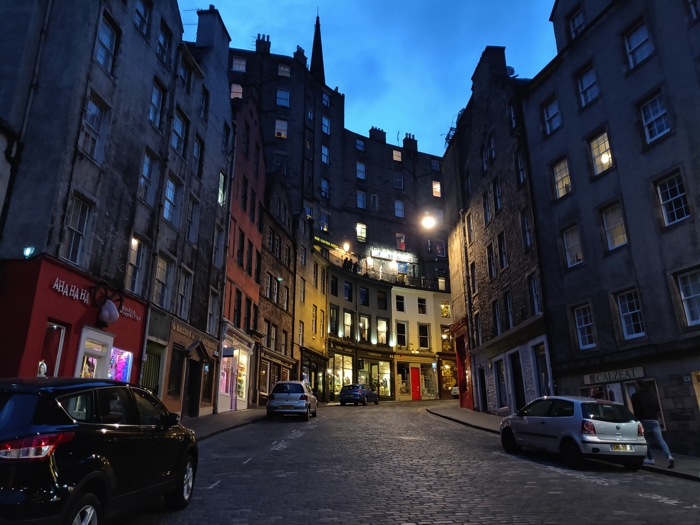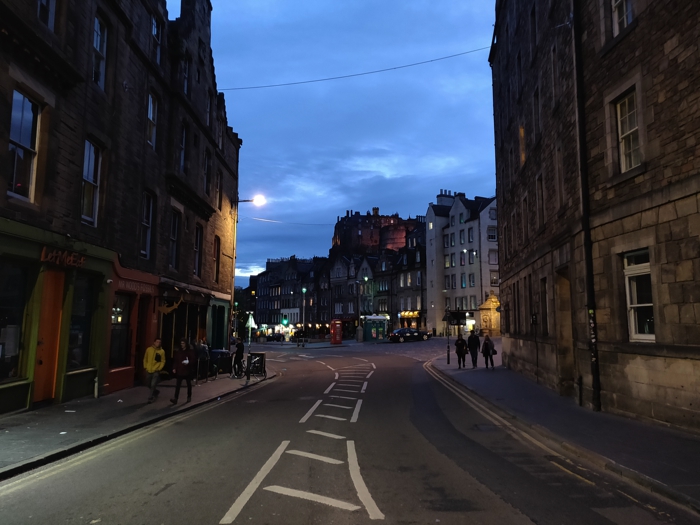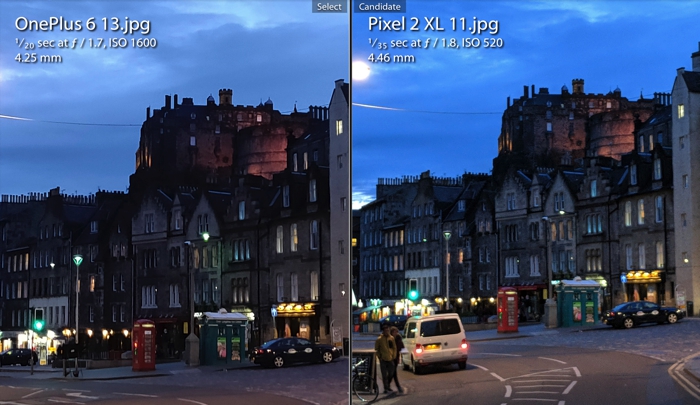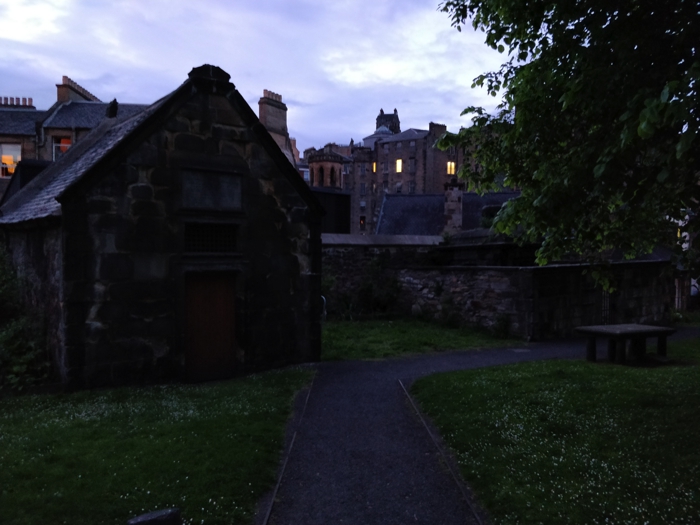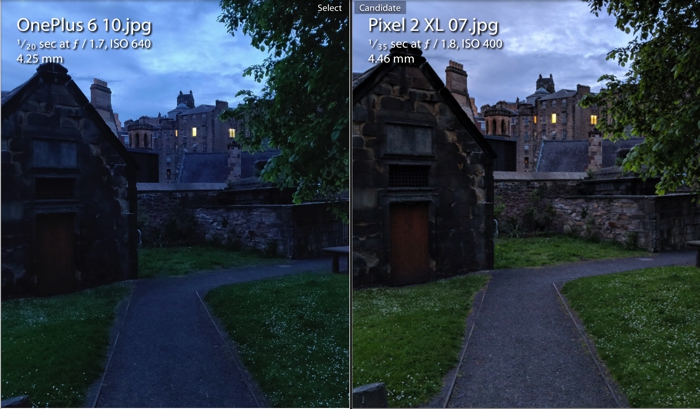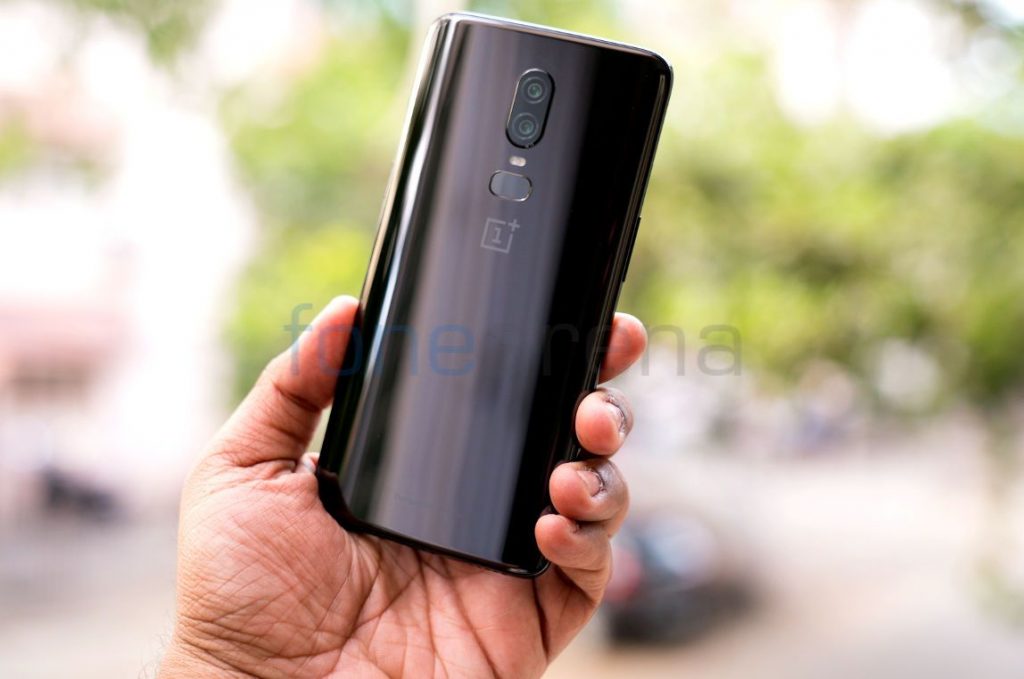
Commoditisation of technology is a fantastic thing. Be it trickle down economics or the pace of innovation, consumers have never had it better. You no longer have to shell out a kidney for a top of the line smartphone to get an experience that more or less gets you all the way there. One of the last few bastions however has been camera tech. The smartphone obliterated the point and shoot market and with AI, better sensors and computational photography, it is gunning for those who want SLR like quality without the hassle of lugging around lenses. This is also where flagship smartphones like to differentiate their product as being better. OnePlus has always had a mantra of ‘Never Settle’, yet their camera experience has always fallen short of the best in the field. We’ve brought you our full OnePlus 6 Review and an entire OnePlus 6 Camera Samples gallery, but here’s a second take on how well the phone fares against one of the best in the business, the Pixel 2 XL, as well as how well it does in daily use.
All the shots were taking using a OnePlus 6 on the latest available firmware and the comparisons were made against a Pixel 2 XL running the latest Android P developer preview. We’ll also try and throw in a couple of shots from the OnePlus 5 where possible but you’ll be best served by our dedicated camera samples post for that. Oh and before we start, here’s a bit on the camera specifications of the OnePlus 6. The phone has a 16MP rear camera with an f/1.7 aperture 1.22µm pixel Sony IMX519 sensor. The camera supports contrast detection auto focus and has both OIS and EIS. The secondary camera module remains the same as on the OnePlus 5T i.e. a 20MP sensor with f/1.7 aperture and a 1µm pixel Sony IMX 371 sensor for portrait mode capture. The Google Pixel 2 XL on the other hand has a single 12.2 MP camera with a Sony IMX 719 with a 1.4µm pixel size and f/1.8 aperture. The way that the Google Pixel shoots images though is highly software driven and relies heavily on its HDR+ algorithms.
Right then, we took both the phones for a walk around Edinburgh providing us with ample photography opportunities and a chance to put the cameras through their paces. The results might surprise you. The first image will always be from the OnePlus with comparative shots labelled as such below. (Click the image to view the full-resolution sample of OnePlus 6 and click the comparison shot for the full-resolution sample of Google Pixel 2 XL)
![]() A standard well lit shot, the OnePlus predictably does very well here. Even pixel peeping reveals a good amount of details. The greens are ever so slightly oversaturated and we did notice that there is a bit of over sharpening in the leaves. This is visible compared to the Pixel 2 XL’s shot that has a slightly more natural look. The OnePlus 6 also favors a slightly warmer look compared to the cooler Pixel 2 XL shot.
A standard well lit shot, the OnePlus predictably does very well here. Even pixel peeping reveals a good amount of details. The greens are ever so slightly oversaturated and we did notice that there is a bit of over sharpening in the leaves. This is visible compared to the Pixel 2 XL’s shot that has a slightly more natural look. The OnePlus 6 also favors a slightly warmer look compared to the cooler Pixel 2 XL shot.
With the light shining into the lens, there’s a bit of a flare and a prominent warm tinge to the entire shot. We also observed a slight loss in details here. Zooming in reveals a slightly heavy handed approach to the noise reduction algorithms.
The warm tinge and flare is even more visible when zooming in. Do note that this a digital zoom and unlike the OnePlus 5, the 6 does not have a dedicated telephoto lens.
Shooting this mural with the light shining behind it is a good way to judge the dynamic range on offer.
We observed that in an effort to brighten up the mural itself, the OnePlus 6 loses a bit of fine detail and there’s a highly over sharpened look to the background. The Pixel 2 XL on the other hand underexposes and chooses to maintain more details but ends up with a darker image.
Other than a mild difference in saturation levels, the image was perfectly captured by both the OnePlus 6 and the Google Pixel 2 XL. If we had to nitpick, the OnePlus 6 has a tendency to over sharpen. Noticed it becoming a trend? No? You’ll see more examples in a bit.
Edinburgh Castle on a sunny afternoon like this is a beautiful subject. Both the phones do well here with the Pixel 2 XL leaning towards a more natural look. The OnePlus 6 defines the brick pattern on the castle walls well but we can’t really find fault with either.
Another mural with the sun shining from behind it. As we’ve established by now, the OnePlus 6 has a tendency to brighten up subjects. In this case, it results in a washed out image and a loss of detail. The walls almost look splotchy. The Pixel 2 XL on the other hand underexposes and keeps all the details albeit a bit darker.
As long as the lighting is good, the digital zoom on the OnePlus 6 does a good enough job. We don’t really recommend using it too often but if you’re in a situation where you’d really like to get a bit closer, the phone does a decent enough job though the over-sharpening really is a tad too much.
Now this one is quite interesting and really highlights the very different approaches in capturing the same subject. The OnePlus 6 really bumps up the shadow region and overall brightness. This results in a more pleasing image until you look at the shot 1:1 and notice the noise patterns. The Pixel 2 XL as expected underexposes the shot and plays it safe. Technically, the Pixel 2 XL’s shot might be better but i do think that most people will prefer the OnePlus 6’s shot.
Shot on a hike with fading light, the OnePlus 6 starts losing fine detail. Especially in the distance, the loss of detail becomes quite visible.
The OnePlus 6 does a really good job with Macro shots. With an f/1.7 aperture, there is a nice amount of natural looking depth of field.
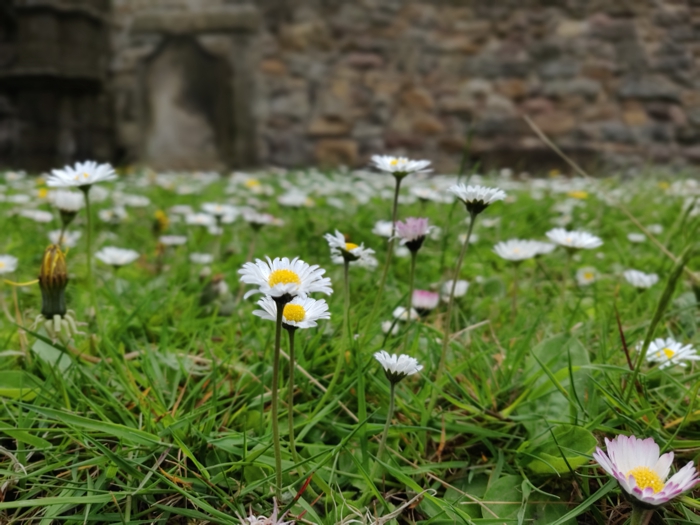
With portrait mode enabled, we got a similar effect. We’ll need to test this mode out a bit more.
Coming to low light shots, this is where the OnePlus starts losing out on its edge. The Pixel 2 Xl produces a brighter shot and more importantly keeps noise under control. As you’ll notice in the EXIF info, the Pixel 2 XL is shooting at ISO 267 while the OnePlus has bumped it up to 1000.
In this shot looking down at the Grassmarket and Edinburgh Castle in the distance, the Pixel 2 XL’s shot is visibly brighter and more detailed. The OnePlus 6 while still sharp, is quite a bit darker. And yes, the sky was blue not purple. The OnePlus 6’s shot also has quite a bit of noise which is expected at ISO 1600.
In absolute low light situations, the OnePlus 6 begins to show its weakness. Shot in a graveyard around 10pm, the foreground details are almost completely lost.
Comparing it to the Pixel 2 XL, we can see that the Pixel has done a better job of exposing and metering. The sky is more natural looking and you can see more of the foreground. In fact there’s a lot more detail across the spectrum.
 On the other hand, compared to the OnePlus 5T, the OnePlus 6 is leagues ahead. The OnePlus 5T produced a slightly shaky, much darker and poorer shot with an overexposed sky that has also been metered wrongly.
On the other hand, compared to the OnePlus 5T, the OnePlus 6 is leagues ahead. The OnePlus 5T produced a slightly shaky, much darker and poorer shot with an overexposed sky that has also been metered wrongly.
Conclusion
It is downright astonishing how far OnePlus has come with the OnePlus 6. Does it beat the best in the market? Not really but it sure comes damn close. Unless you find yourself in extremely low light very often, the OnePlus 6 comes within spitting distance of the Pixel 2 XL and its ilk. For a smartphone that at its top end is still cheaper than the cheapest Pixel, that’s a mighty big feat. Do check out our review and an additional camera samples page here.

